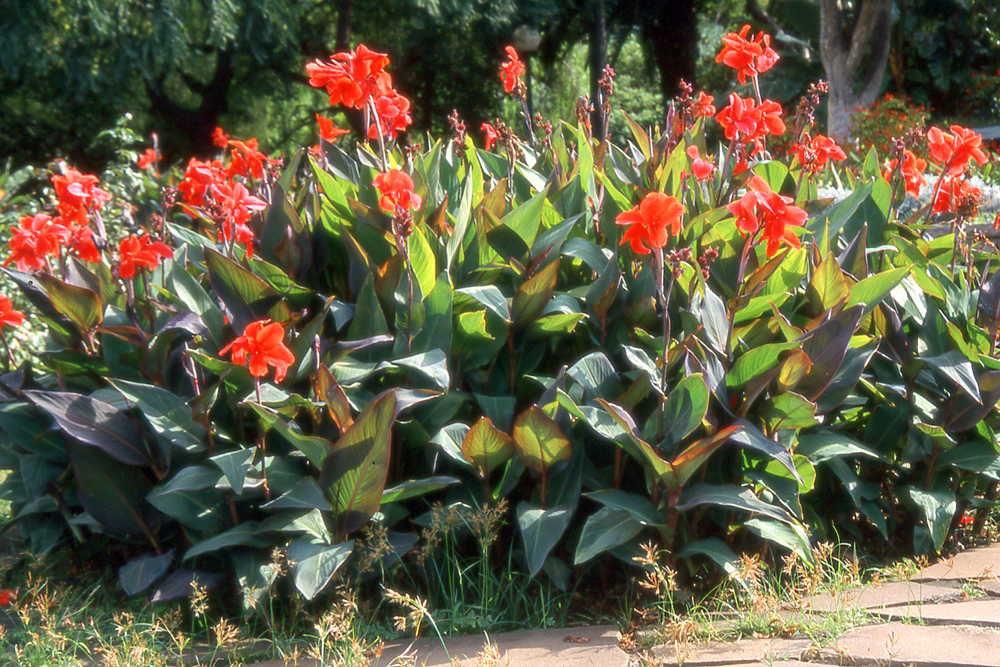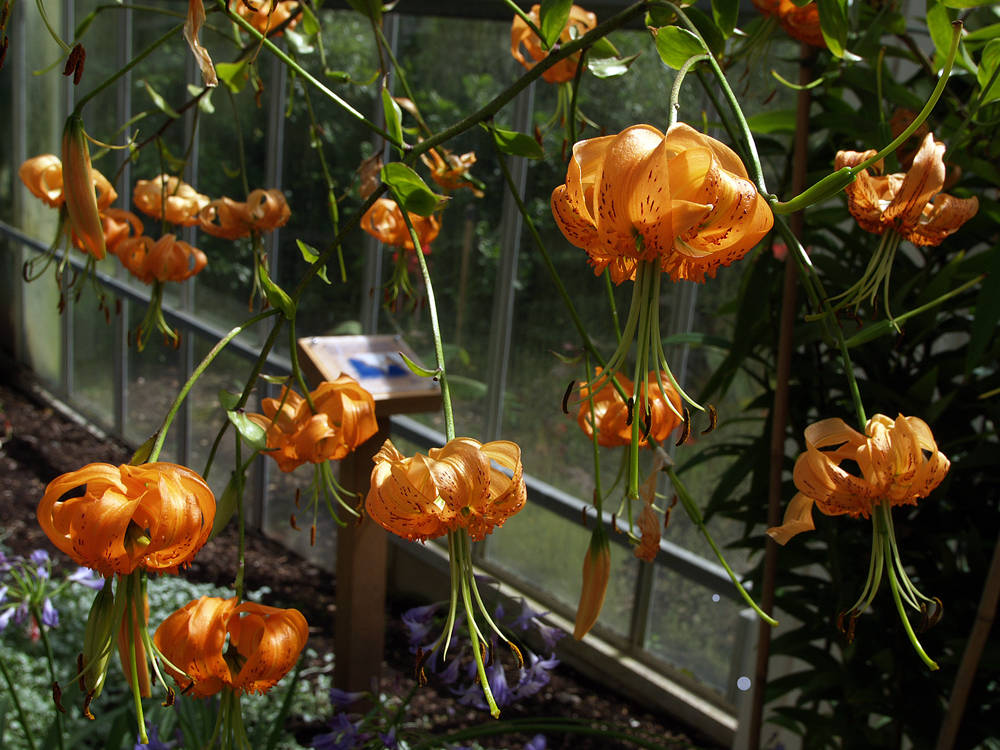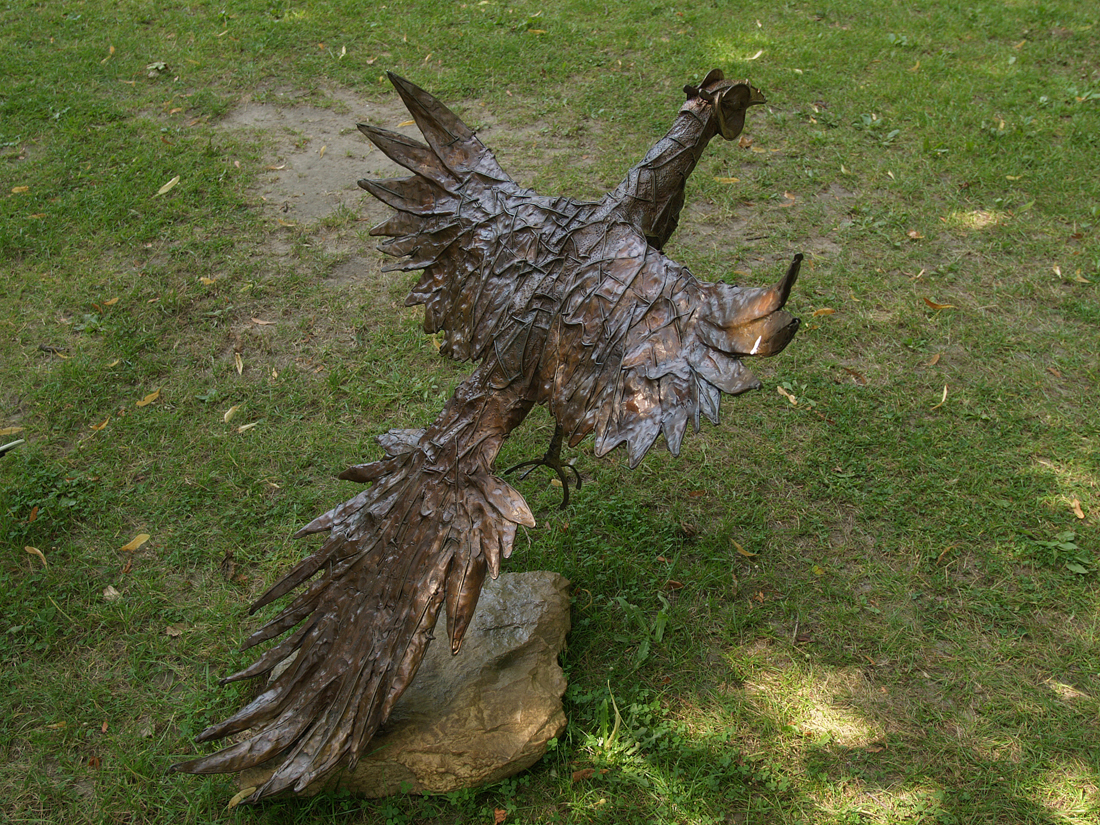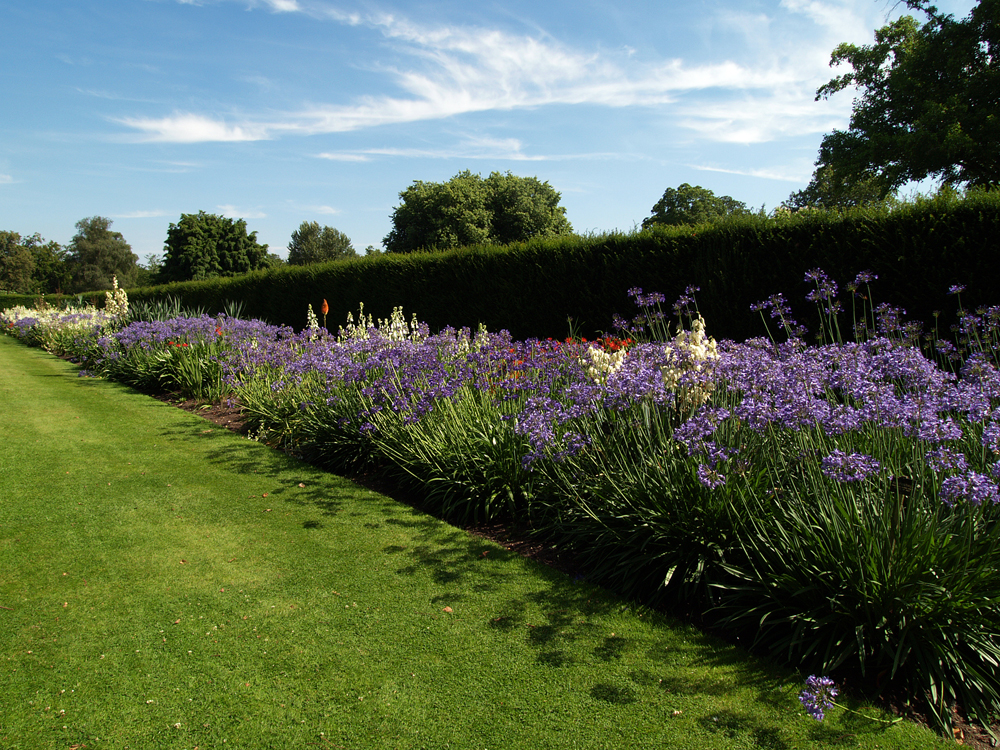Very light, brief rain and drizzle just after 08.00 on Tuesday that produced just 0.2mm of precipitation, the first after fourteen consecutive dry days. Tuesday was the last day when the maximum was above average, there have been nineteen such days this month, with the thermometer reaching 23.8C at 13.03 being +1.7C. Increased cloud in the afternoon limited any further rise in temperature. The southwesterly breeze was brisk, up to 16mph, with ‘High’ UV at its peak. The cloud built up after midnight that limited the fall in temperature with a minimum of 13.4C logged at 02.49, which was 2.2C above my long-term average.
Wednesday arrived with clouds scudding across the sky driven by a brisk southwesterly breeze from the Atlantic. The cloud will thicken as the weather front associated with the depression moves in from the west bringing very likely the wettest day this month, rain is forecast to arrive just before midday. The rain radar showed a narrow band of heavy rain and thunder over the Lizard peninsula at 06.00, heading our way, that had reached Devon by 08.00 with shower activity ahead of it. The barometric pressure has fallen further as the high departs and the depression edges closer with a reading of 1005.1mb at 08.00, down a significant 18mb since its high on Friday last and continues to fall steadily.
This month has seen just 3.4mm of precipitation when my 41-year average is 65.6mm whilst 83mm of equivalent rainfall has been lost through evaporation from the ground and plant life.
After a hot and dry summer the records reveal that eight of the last 10 summers (2015-2024) have seen temperatures above the long-term average. The Met Office finds that “the number of days with temperatures above 30C has more than trebled in the most recent decade compared with the 1961-1990 average”.
The low pressure system is still lurking south of Iceland. Over the next two days this is likely to move a little further south and east, to be positioned between Ireland and Scotland, with much more rain and strong winds ahead.




